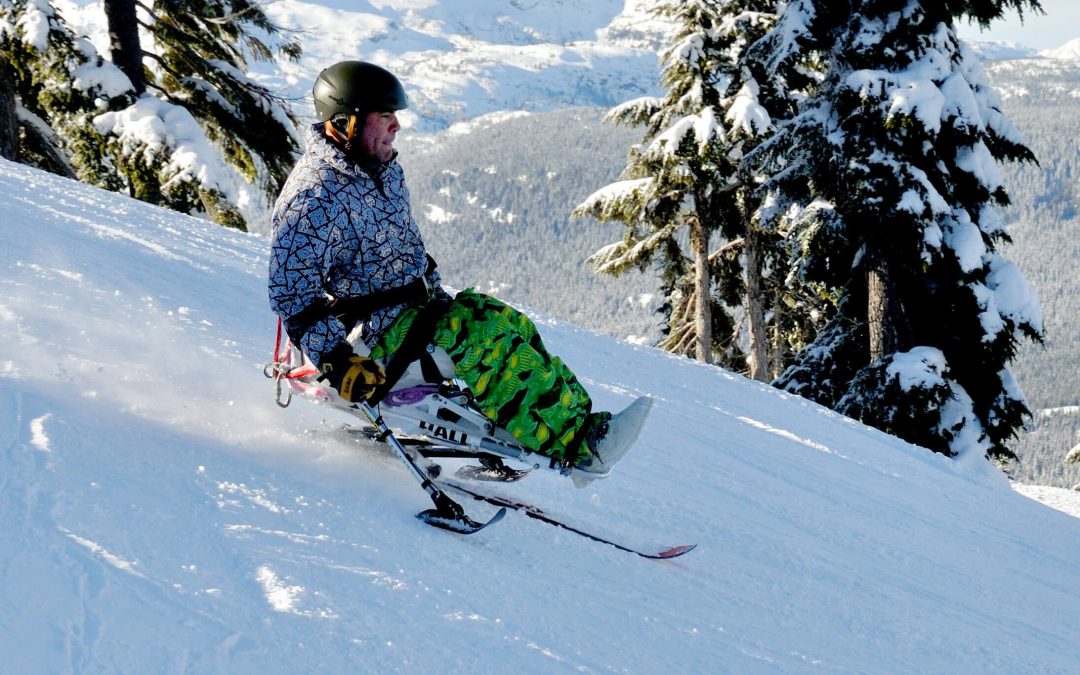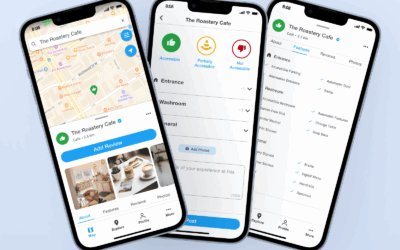With winter upon us, it can be tempting to go into hibernation mode. The air is frigid, the snow makes it hard to get around, and daylight hours almost seem non-existent. I usually find myself making excuses to stay in more than I should around this time of year, because quite frankly, I despise being cold.
With that being said, the winter season is too long to deprive your body of fresh air and physical activity. Staying active is so important for your mental health, physical health and even self-confidence. As such, if you’re somebody that’s planning to cuddle up by the fireplace for the next few months, it may be time to look into adaptive winter sports and activities. Whether you want to take part in an organized sport or a casual day of winter fun with your friends, there are so many options that you can participate in regardless of your physical abilities.
Adaptive Skiing
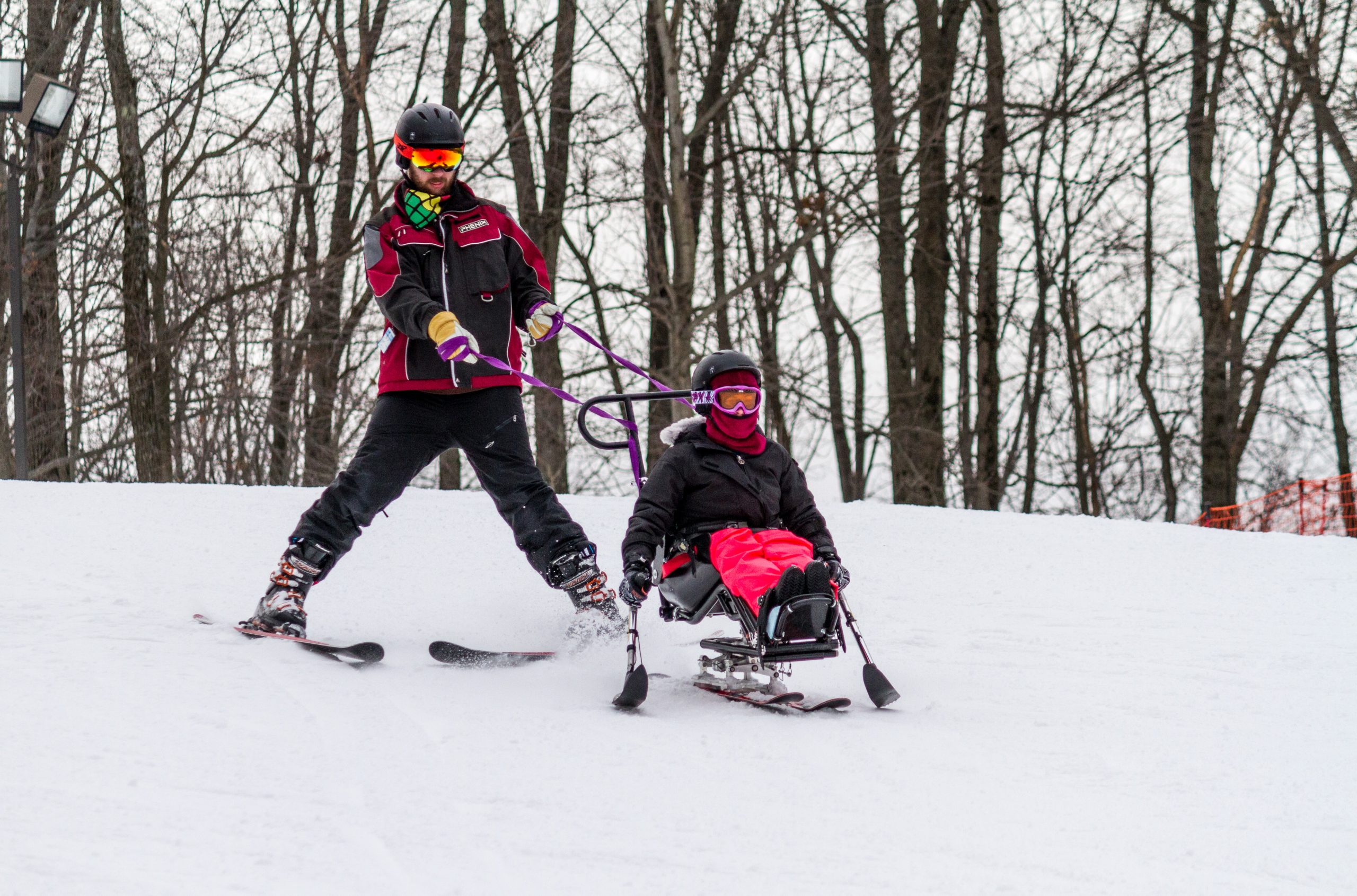
Photo Credit: The Adaptive Adventure Sports Coalition (TAASC)
There are many pieces of equipment that allow people with disabilities to enjoy skiing, but a sit ski is one of the most common methods. These are skis that have a bucket seat suspended above them to sit in. Then, using upper body movements and outrigger skis in both hands, you can maneuver yourself through the slopes. If you are someone with limited balance or upper body strength, the sit ski can also be fitted to allow an instructor to maintain control of the ski. Essentially, they will be tethered behind you and will do all of the work, leaving you to enjoy the beautiful views and the thrill of the ride!
Many ski hills are now familiar with adapted skiing and can provide you with lessons, as well as rental equipment. Call your local ski hill to see if they offer this or check out this ever growing list from Wheelchair Traveling, which highlights a large number of adapted ski programs in both the United States and Canada.
Sledge Hockey
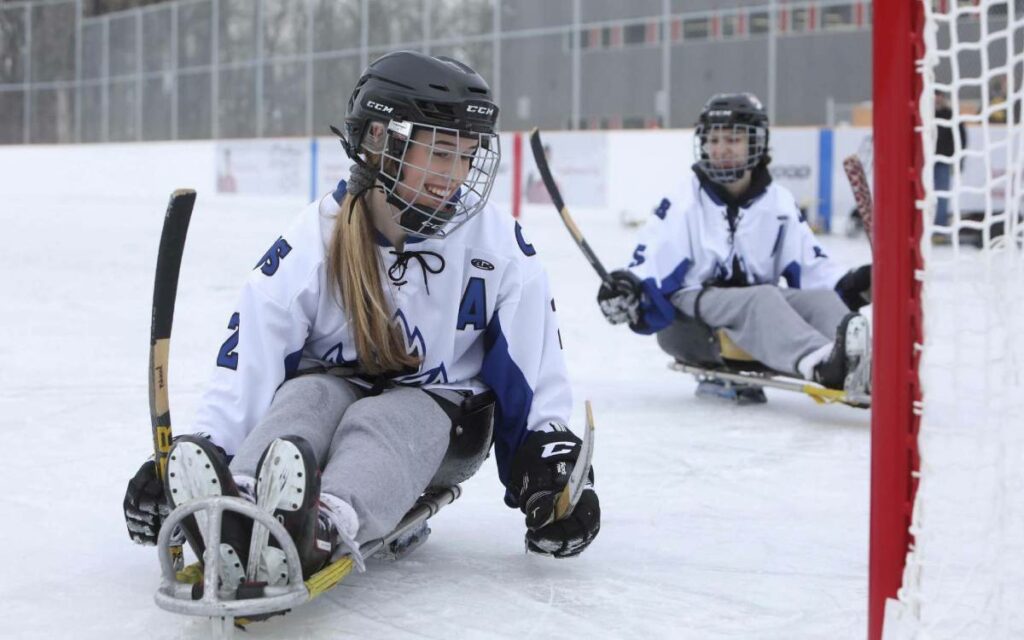
Photo Credit: Winnipeg Free Press/Ruth Bonneville
Sledge Hockey is a sport that was designed to allow participants who have a physical disability to play the game of ice hockey. However, instead of wearing skates, each player is strapped to a two-blade sledge that is raised high enough to allow the puck to pass beneath. You use your arms to propel yourself around the ice and your hips to move side to side. A lot of balance is required to propel, play the puck, as well as turn / stop, which gives your arms, back and abdominal muscles quite the workout!
Most major cities have sledge hockey teams and offer a combination of recreational and competitive programming. If you’re new to the sport, check if your city has any drop-in programs that will allow yourself to become familiar with the game and try out the equipment in a comfortable environment. For example, Sport Ability BC offers weekly drop-in sessions at numerous rinks across the province. The best part is that sledge hockey is not limited to people with disabilities at the recreational level, so you can bring your friends and family to enjoy the fun with you!
Ice Skating
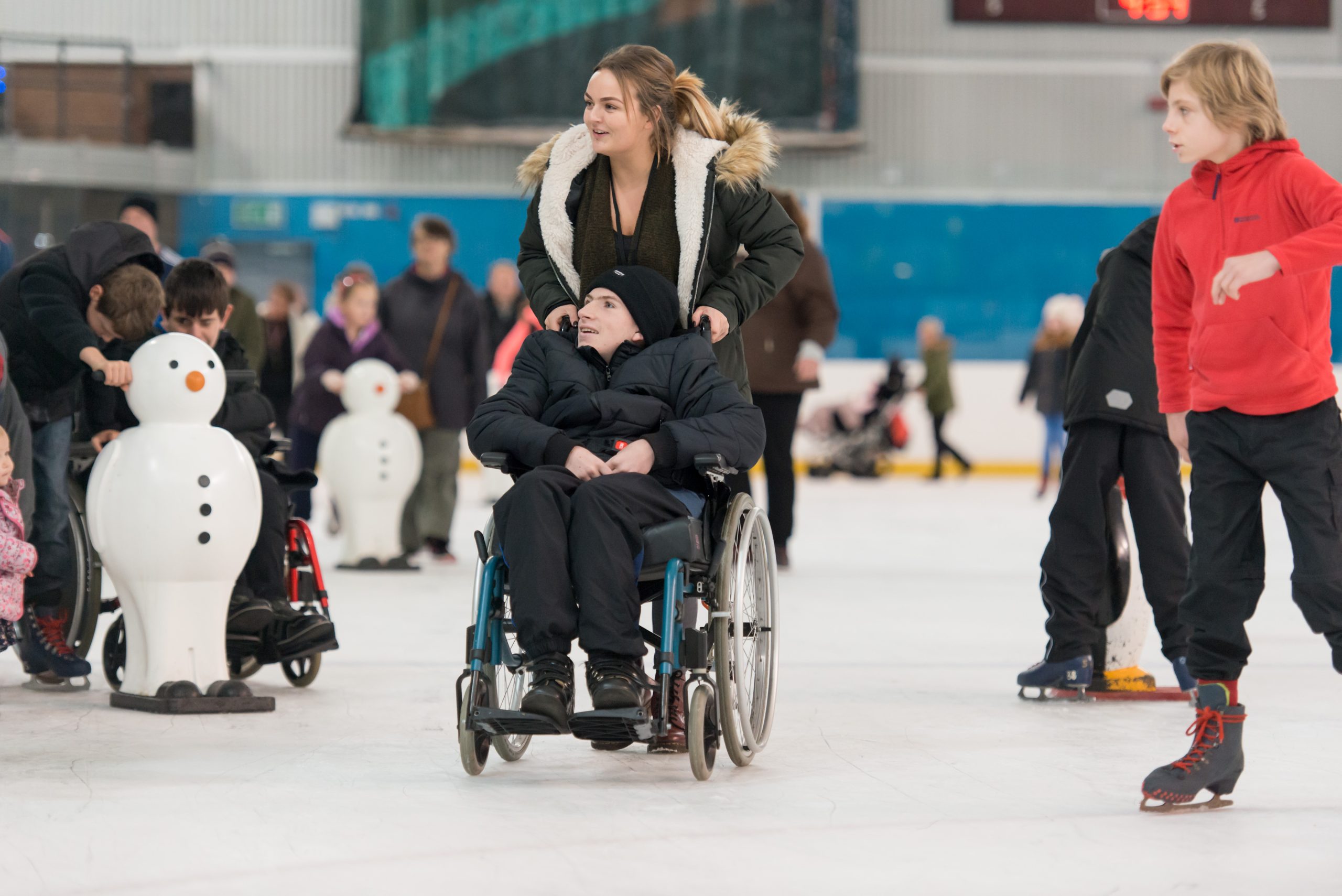
Ice skating is such a classic family-friendly winter activity and can be adapted so well based on your abilities! For example, there are adaptive ice skates that can accommodate wider feet or orthotics, walkers to aid stability and balance, and ice sleds (like those used in sledge hockey) for skaters who need to stay seated. From my experience, most ice rinks are also more than happy to let you bring your wheelchair right on the rink. Wheelchairs glide just as well as skates do and it can honestly be so exhilarating to spend an afternoon slipping and sliding all around!
I would recommend calling your local ice rink to see what their policies are surrounding bringing wheelchairs on the ice and / or whether they offer adapted equipment. I know that the City of Toronto allows wheelchairs on the ice during all leisure skate times and they can even provide you with a sledge or skate horse if you contact the Adapted Recreation and Inclusive Services Hotline a minimum of 10 business days before your intended use. In your inquiries, also make sure that your rink has a ramp to get on the ice, as unfortunately, this is not always standard.
Wheelchair Curling

Wheelchair curling is a growing recreational sport around the world. It is played with the same rocks and on the same ice as traditional curling, though the rocks are delivered from a stationary wheelchair (either by hand while leaning over the side of the wheelchair, or pushed by a delivery stick). There is also no brushing. A big benefit to curling is that it is one of the most affordable wheelchair sports as very little equipment is required and you can use your own wheelchair, whether manual or electric.
If you’re interested in getting involved, many curling centers host both recreational and competitive programs. Additionally, wheelchair athletes are integrated into league play with able-bodied players in many cases, so it’s not always necessary to find a wheelchair-specific team. The Ontario Curling Club has put together a list of curling centers within the province that can help you find a team and all the proper equipment to get started. If you’re located outside Ontario, your nearest curling club should be able to point you in the right direction as to where you can participate in wheelchair curling near you.
Tobogganing / Snow Tubing
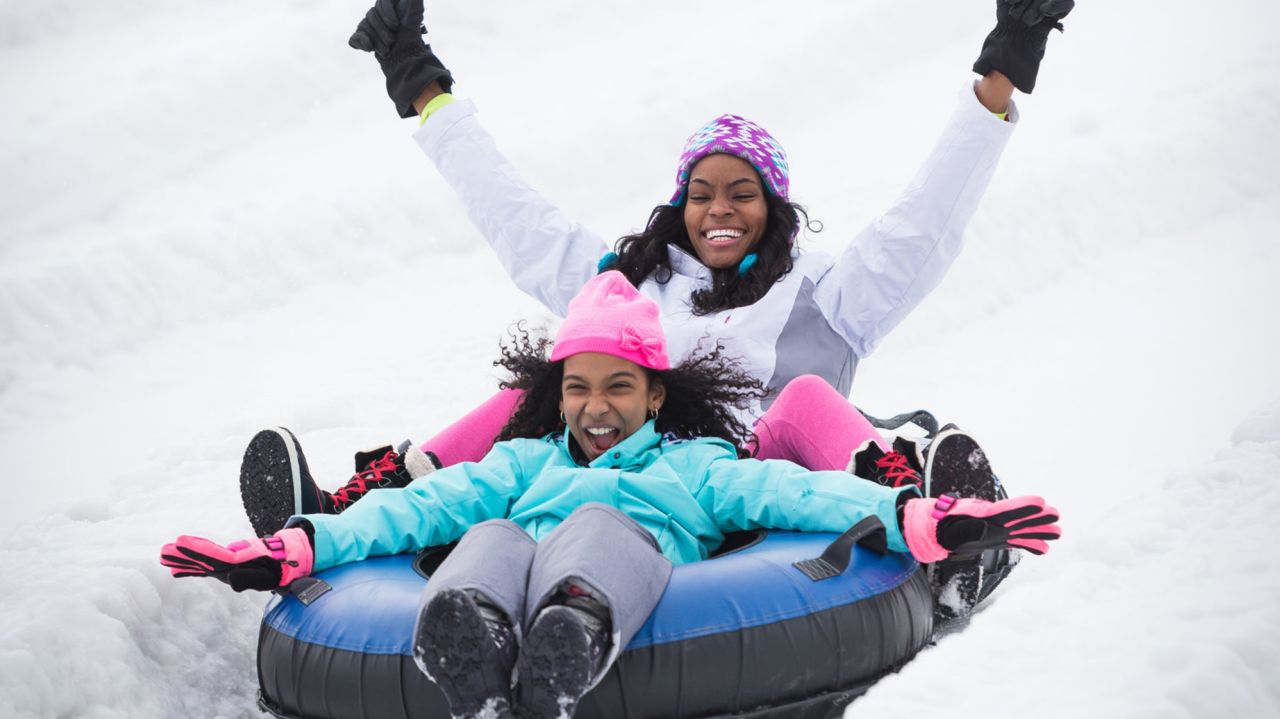
Would winter really be complete without a good ‘ol toboggan ride? I think not! There’s nothing quite like rounding up the family to go out and enjoy a fresh snowfall, whether you choose to go for a leisurely stroll or a thrilling-seeking adventure on the steepest hills in town.
The great thing about tobogganing is that it can be adapted in so many ways based on your physical abilities. For example, there are specialized sleighs you can purchase that have high backrests and are therefore more supportive for people with limited trunk control. You could also utilize a family-sized tube if riding with the support of others works best for you; or, you can even try getting crafty and adapt an existing toboggan to fit your needs. This one mom secured her 4-year-old daughter’s adaptive chair on a storage container lid to make an adaptive sled. At the end of the day, there is really no right or wrong way to make this experience accessible to you. The only thing that matters is that you have fun and enjoy the winter while it’s here!
Lead Photo: Vancouver Island Society for Adaptive Snowsports

About the Author
Tori Hunter is a writer and travel enthusiast, passionate about redefining the way we view accessibility and the disabled experience. She has worked alongside numerous organizations to help dismantle access barriers, and in her free time, she likes to share her adventures as a wheelchair user on her Instagram @torihunter.blog
Latest on the blog
10 Years of AccessNow: Reflecting on 2025
2025 was a big year at AccessNow - it marked our 10-year anniversary, a milestone that gave us space to reflect on how far we’ve come and where we’re headed next. Throughout the year, we experienced moments of learning, collaboration, and growth that moved...
What’s New in the AccessNow App
We’re turning 10 — and we’ve just launched our biggest app update yet. Built with and for our community, this version of AccessNow brings a whole new look and smarter features that make it easier than ever to find and share accessibility info around the world. You...
Canada’s First Accessible Air Travel Forum
This fall, the Accessible Air Travel Forum hosted by UHN brought together researchers, industry leaders, and individuals with lived experiences to discuss the challenges faced by travellers with disabilities. Our very own Maayan Ziv delivered a keynote presentation,...

